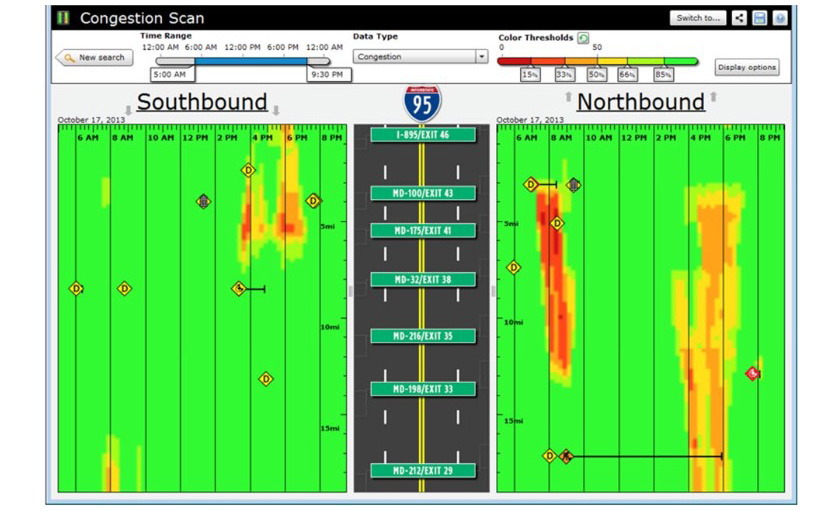With increased public scrutiny of transportation agency actions and limited funding, effective resource allocation is imperative. One tool to help departments of transportation make sound investment decisions, particularly for transportation systems management and operations, is the practice of operations performance measures and management (OPMM).
This project, conducted in conjunction with Cambridge Systematics, Inc., developed a Primer to introduce transportation practitioners to the principles and practices of OPMM. The purpose of OPMM is to support continuous enhancement of transportation systems management and operations (TSMO), a set of operations-focused strategies intended to improve the transportation system. OPMM not only includes traditional operations performance measurement practices but also incorporates transportation performance management principles for TSMO programs.
All departments of transportation (DOTs) collect substantial amounts of data, and many DOTs also already calculate performance measures. In recent years, however, many DOTs have begun to recognize the need to support decisions—whether about major projects or smaller everyday operations—with improved data and analysis. So there has been a shift from performance measurement to performance management. Performance measurement simply reports how the transportation system is functioning. Performance management uses measurement as a foundation and extends it by strategically selecting measures, setting targets, reporting results, evaluating past investments, and most importantly, using this information to shape decisions.
Transportation performance management (TPM) bases investment, operational, and policy decisions on system performance information. TPM helps transportation agencies determine what strategic goals to pursue. Then it aids them in achieving those goals by helping them to use information from past performance and forecast conditions to select investments, to routinely measure progress toward those strategic goals, and to use those progress reports as the basis for adjustments in planned expenditures to more effectively allocate available resources. TPM provides a framework that can help transportation agencies set realistic performance goals, focus on the most important challenges, and improve efficiency. It has been broadly applied to many transportation agency functions.
Like TPM, OPMM is a data-driven approach that can help transportation departments make investment and policy decisions to achieve their operations goals. It embodies many of the principles of TPM, but while the general principles are the same, OPMM is specifically focused on the application of TSMO strategies.
Report FHWA-HOP-24-005
Authors:
Richard A. Margiotta
Christopher Lindsey
Moggan Motamed
Cambridge Systematics, Inc.
Mark E. Hallenbeck, Washington State Transportation Center-UW
Sponsor: FHWA

